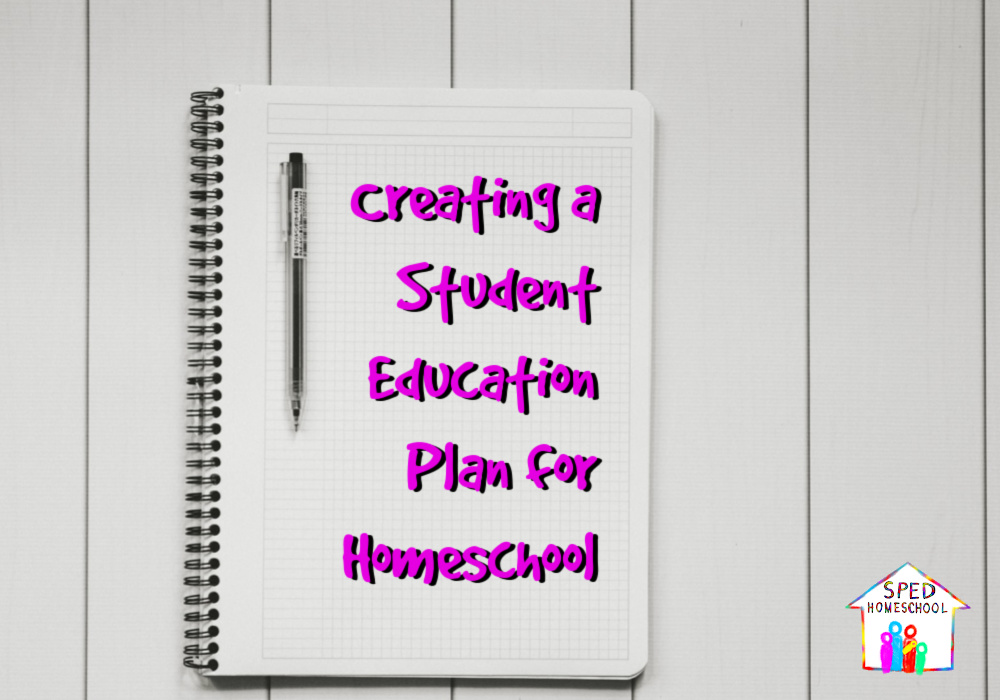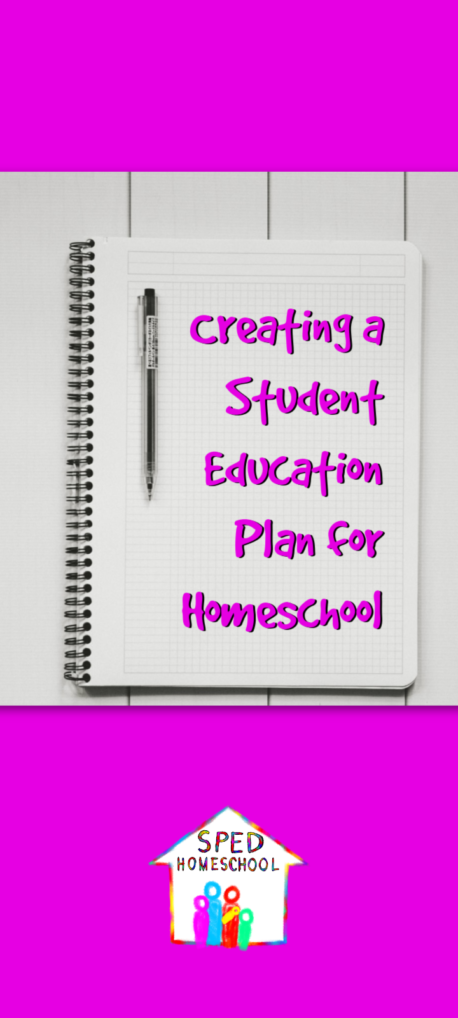
By Faith Berens, M.ED., Reading and Dyslexia Specialist, HSLDA Special Needs Consultant and SPED Homeschool Board Member
Home education is growing as a viable education alternative and solution, particularly for students with unique learning needs. Due to its very nature, homeschooling is an excellent individualized educational program. Parents who have children with special needs can navigate the lingo of the special education world, which includes diagnostic terms, labels, and acronyms! However, if you are not already familiar with the term, IEP, individual education program (or plan), that is what we are delving into here. So, get a cup of coffee or tea, and let’s chat.
IEPs, ISPs, 504 Accommodations Plans, and Student Education Plans!
IEPs and 504 Accommodation Plans can best be explained as legal contracts between a school and parents that provide detailed information about how a student’s needs will best be met by the school. If your child was or is enrolled in a public school, he/she may already have an IEP that was created by you and the school staff. Or perhaps he/she has an official written 504 Accommodation Plan that lays out what types of accommodations the student needs to access content/information or be able to “output” and show what they have learned. Examples of accommodations may include things such as enlarged text, extra time, frequent breaks, adaptive equipment, or the use of assistive technology.
These written plans contain the specifics of an organized and cohesive education plan, which include the following:
- What? The plan should describe any special education, related services, therapy, or specialized instruction and intervention the school will provide for the student – for example, speech and language therapy, occupational therapy, specific reading intervention, or remediation strategies.
- When will services be given? The plan should specify the duration and frequency of those services, like 2x/week for 20-minute sessions.
- Who will deliver and implement the intervention, instruction, and therapy services? It could be a special education resource teacher, reading specialist, occupational therapist, speech/language pathologist, or paraprofessional.
- Where will services occur? Services can be in the regular classroom, therapist office, or resource classroom.
- How long? IEPs are developed annually for specific areas that typically include behavior, social, emotional, language, and academics.
Some states allow homeschooled students to access special education-related services. If this is an option in your area, you may choose to request that the IEP shift to an ISP, Individual Service Plan. To check your state’s policies regarding homeschoolers accessing special education services, access the HSLDA website, and then select your state to read about your state’s special education provisions.
But what if your child does not have access to special-education related services OR you do not wish to tap into those services? What other options does a homeschool parent have?
Student Education Plan (SEP): A Homeschool IEP
Homeschool families may choose to draft a Student Education Plan (SEP), or Special Student Educational Plan, the homeschool version of an IEP. Think of this document as a blueprint to your child’s success with his home education plan. It can be a great way to keep you focused on your child’s academic needs and goals as well as prioritize other important interventions, services, and growth opportunities during a particular school year.
This document should contain the following parts and information:
- Student information (name, date of birth, grade level, etc.)
- Student Education/Special Education Team members (parents, medical specialists, diagnosing professional, therapists, or tutors)
- Current levels of performance (levels of functioning cognitively and academically, such as skill levels for math and reading, and a summary of difficulty areas, strengths, and weaknesses)
- Annual goals (behavioral, emotional, self-help/daily living, spiritual, and academic)
- Services and interventions (this may include therapies, specific interventions, tutoring, and remediation plans or curricula)
- Accommodations and modifications (adaptive equipment, assistive technology tools, and supplemental supports provided)
- Progress monitoring and reporting (how will your student be assessed, such as standardized testing, teacher observation, anecdotal notes, portfolio review, developmental assessments with specialists, etc.)
Why Drafting a Written Student Education Plan Can Be Beneficial AND encouraging!
Many parents wonder, why would I want to or even need to draft a student education plan?
- Peace of mind: By crafting, maintaining, and updating your student’s education plan in your homeschool file, you, as the educator and administrator of your school, are documenting the important steps you are taking to provide for your child’s unique learning challenges and needs. This document will then be at-the-ready should your homeschooling ever come under question by authorities, doctors, well-meaning professionals, or even family members.
- Access to accommodations: If your child needs access to accommodations or modifications, such as at a vocational school, for college entrance exams, and even at the local community college, you can then provide a copy of your student’s individualized educational plan.
- Encouragement: From one homeschooling mama to another, writing out this plan can be truly encouraging, particularly on days when we feel we are not doing enough or doubt we can provide what our child needs. It is helpful to pull out this document, review our child’s progress, reflect on our goals, and remind ourselves of all the ways home education is truly an excellent, individualized educational plan! You got this!!
*If you are a member of HSLDA, please feel free to reach out to our special needs consultants to obtain a Student Education Plan template, guidance with creating your SEP, review, and feedback on your SEP draft, and/or finding therapy as well as other support and resources!
** If you would like to write your homeschool SEP by yourself or with the help of your student’s therapy providers or an independent homeschool consultant, check out this page on our website for our free IEP template and guide.

